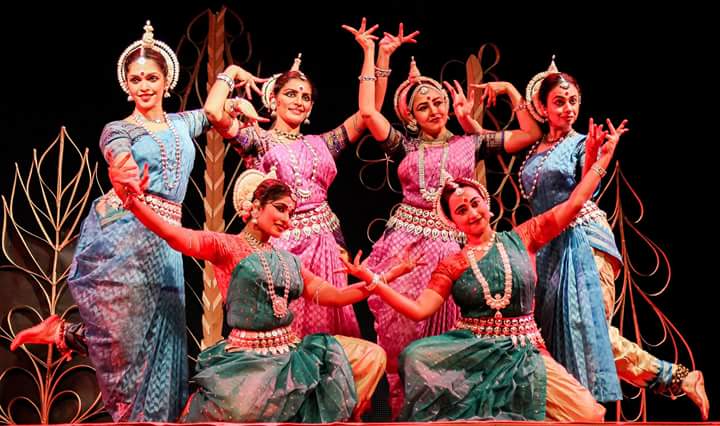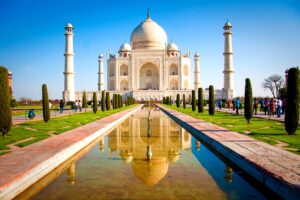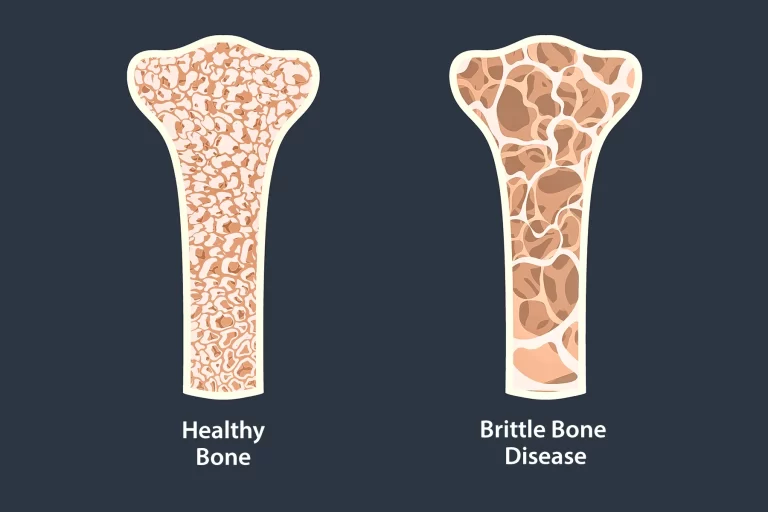
Culture is nothing, but styles, properties, information and methods of diversified group of individuals, which depicts the life style of their living, so it is more important to know why India is incredible. Diversified groups may have varying culture.
Upcoming generations learn culture through the people, they live with and with the persons they are in touch with. You can see what is exactly culture, in individuals routine’s such as writing, religion, music, cooking, clothes, dancing, speaking. So it could be summon that culture is simply knowledge about the group of individuals indulging wears, cuisine, social routine, music etc.
Why India is Incredible – Know About Culture
The term culture is derived from the derived term Latin colere, which simply means tending towards universe and grow, or simply cultivate and nurture.You can see culture as excellent flavours in terms of arts and humanities, assembling of beliefs, thoughts, behaviour and knowledge, and also which includes your morals, ethics, objectives, customs, tradition, values, attitude, perspectives, looks etc.
What is culture of India?
The culture of India is nothing but simply an amazing culture consisting of varieties of different and unique religions, cultures and communities present in our country. Indian culture incorporates distinguishable languages, religions, dancing styles, sounds, different cuisines, and customs and traditions which vary from state to state within India. Indian culture is a mingling of different religions and communities which has an overwhelming impact across the world, making India the greater country in the world, which is simply not breakable because of assembling of diversified cultures.
Heritage Sites in India which have Remarkable impact
Heritage sites are the sites or places that are identified by the UNESCO, which belongs to all the individuals of the universe regardless of the territory on which they are located. As far the latest report of UNESCO, India has gained its popularity in terms of 38 world heritage site listed among the universe, which has created natural importance in the universe.
World Heritage Sites in India

- Taj Mahal, Agra
The Taj Mahal was created by the king shah jahan in memory of his wify, Mumtaj. Taj Mahal is situated in the Agra at the bank of Yamuna River. It is depicting art of Mughal Empire and best architecture, which has monument that has profound impact on universe.
- The Pink City -Jaipur
Jaipur has gained access in the listings for the largest city listed in India and is surrounding walls and gates are decorated with the pink colors which is successfully managing the old-world charm. The heritage places includes Amber fort,jaigarh fort, Nahargarh fort, Jalmahal, Jantarmantar,Hawamahal,chand pool moon gate etc.
- Khajuraho, Madhya Pradesh
Khajuraho is situated in MP, which is very well known for their Nagara style symbolism and erotic figures and sculptures. It consists of stone carvings of humans and animals form in erotic poses which are portrayed elegantly.The Kandariya temple is the famous of all of these temples in the Khajuraho Empire.
- Ajanta Caves &Ellora caves -Maharashtra
These caves are well known for Buddist Rock –cut Cave monuments, consisting of very rich decorative paintings and Jain and Hindu Temples and Monasteries, Caves Excavated out of Hills.
- Red Fort Complex – Delhi
The Delhi consists of historic fort, which has been the main residence of the Mughal emperors. On every Independence Day the pm hoists the Indian flag at the main entrance of the fort.
- Chola Temples, Tamil Nadu
Chola Temples are well known for Chola Architecture, Sculpture, Painting and Bronze Casting.
- FatehpurSikri, Uttar Pradesh
The Fateh simply depicts the victory of Akbar over chitter and ranthambore,consisting of four monuments , which includes The Jama Masjid, The Buland Darwaza, Panch Mahal or Jada Baai ka Mahal.
- Rani Ki Vav, Patan, Gujarat
Rani-ki-vav is famous for its Stepped Corridors, Sculptures and Stone Carvings in the Well. The well consisting of the sculptures are devoted to the lord Vishnu inthe form of his ten versions, which gives importance to his return to the world. It is designed as inverted temple depicting the sanctity of water, and the stepwell is divided into seven levels of stairs with sculptural panels.
- NalandaMahavihara (Nalanda University), Bihar
Nalanda was an ancient Mahavihara, a huge Buddhist monastery, in the ancient kingdom of Magadha-Bihar in India. You can observe the left –overs of stupas, shrines, and viharas if you stroll around in the campus, which is an indication of a glorious epoch.
- Qutub Minar and its Monuments, New Delhi
These indulge QutbMinar, Alai Darwaza, Alai Minar, Qubbat-ul-Islam Mosque, Tomb of Iltumish, and Iron Pillar. It is very well known for its brick minarets surrounding it. These monuments are collectively known as the QutubMinar Complex and depict one of the earliest known symbols for Islamic Architecture in India.
- Kumbh Mela
The largest religious festival in India got the status of UNESCO Intangible Cultural Heritage of Humanity. Kumbh Mela is celebrated once in three years in Haridwar, Ujjain, Prayag (Allahabad) and Nasik in a rotation. Kumbh Mela returns to a place after 12 years. It eye-witnesses millions of devotees and spectator.
Greetings
Greetings are commonly used when individuals either meet or depart. Greetings include Saying of Namaste, Namaskar, Namaskaara, Namaskaram , Nomoshkaar , Nomoskar, Aadab , with the folded hand gesture. To express deep respect Namaskar is used. It’s basically derived from a Sanskrit word, I bow to you.
Indian families have a culture teaching their children’s to bow down to their elders to seek blessings of their elders, which is custom known as pranama. In the Business world, the greetings could be the Handshake.Other Greetings include “jai Mata di”, “jai Jinendra”, “jai shri Krishna”, ”Ram Ram”, “Sat sri akal”,”Salam alaykum”,”jai bholenath”.
Cookery
India is an amalgamation of varieties of religions and communities. Each of communities and religions and states uses all of the exotic ingredients, which adds tongue-tingling flavours to your dishes. Indian cookery uses all kinds of the flavours which include hot and cold, sour and sweet, spicy and mild, creating a dish, you couldn’t think off to,not to taste.
Food made from different ingredients, brings all the flavours as per the community. Plenty of ingredients are available so far; you can use them as per need and prior knowledge, deploy varieties of cooking styles and procedures, and serve with a decorative approach.
The cookery of each state indulges a wide assortment of dishes and cooking approaches reflecting the varied demographics of the ethnically diverse Indian country.
Indian food contains diverse varietiesof dishes, which is little bit to tuff to mention over here. The highlights depicting food styles of all four geographical regions are present here.
North India
Varieties of ingredients and cooking techniques are used. The signature dish of the north India consists of a variety of lentils, vegetables and roti. The “tawa” is used to make roti, paratha and tandoor. Naan and kulcha are famous in north India.Cholebhatoora and puri are deep fried in oil are also well known. Tandoori chicken is cooked in the oven which is cylindrical in shape.
Usage of ghee, paneer,yogurt, milk, cheese, chillies, onions, tomato, and saffron is mostly used to make gravies. Well known and mouth-watering dishes include bhujiya, chaat, kachori, imarti, several types of pickles achar such as, murabba, sharbat, aampanna and aampapad. Sweet well known dishes are known gulabjamun, jalebi, peda, petha, rewdi,kulfi, falooda, khaja, rasmalai, and several varieties of laddu, barfi and halwa.
East India
The dishes are inspired by the Chinese and a Mongolian cuisine which makes the eastern Indian dishes amouth-watering dishes. Sweet dishes include rasagolla, chumchum,rasabali,sandesh,kheeri and bengal’s sweets are most famous. Dishes which include fish of assamor momos of Sikkim are some of the many famous dishes. Curries are prepared with the usage of the seeds (Cumin and mustard), green chillies and the cumin paste. Mustard oil is used in making gravies. Curries can be in form of paste, fries, vaporized curries and thin spicy curries, which could make perfect combination with rice. Fishes are mostly used in regular meals.
South India
South Indian dishes, simply hearing the name itself , no one could deny to taste. Sambhar which is a curry made with tamarind and toovar dal , can go with rice , idli,dosa,vada,bonda and appam. Rasam , which is soup made from the tamarind juice or tomato , pepper and curry leaves. The mouth-watering biryani , is called Hyderabadi biryani , is a popular kind of biryani from south indian cuisine.
Different states of the south India have different cuisines and methods of cooking. Sambhar is prepared differently with different cooking techniques in different states. Some well-known dishes include the biryani, ghee, rice with meat curry, seafood. A typical meal is served on a banana leaf which includes steamed rice along with a variety of vegetable dishes like sambar, dry curry, rasamand kootu,appalams. Rice is taken with curd or buttermilk.
West India
Gujarati cuisine is mainly vegetarian dishes. The Gujarati signature dish mainly consists of Rotli, daal with sweet added to it or kadhi, rice, and sabzi/shaak. Add-ons could be homemade pickles, Khichdi , and chhaas. Main course are made from vegetables that are either steam based vegetables and daals that are added to vaghaar which is made from tomato puree loaded with different kinds of spices. are based on steamed vegetables and daals that are added to a vaghaar, which is a mixture of spices sterilized in hot oil that varies depending on the main ingredient. Khamandhokla, vanelagathiya, fafdagathiya, chevdo, chavano are famous snacks. Individuals of goa consume more fish and rice.
Wedding Ceremony
Just as the festivals are celebrated across the India, wedding ceremonies in India are loaded with the decorations with flowers and lighting, colors, music, mehandi, Dancing, classy and traditional costumes and different rituals which depend on the families of the groom and bride. Wedding is not just between groom and bride, but two families with different cultures are merged to share upcoming joys and sorrow.
Hindu Wedding
The Hindu Wedding commences with the, determining the muhurta to fix the marriage date, which is selected using the bride and groom’s birth date. All the rituals begin with the prayers to the ganesha for the good luck and removal of the obstacles. There’s a sangeet ceremony where both the families comes together to dance and sing and reveals the happiness for the upcoming families merger. Later the mehendi ceremony comes into picture where the Bride’s Hands and feet are adorned with the Henna paint. The Colour of the mehendi indicates the love for the groom.
Then wedding mandap in created to get married. The Couples exchanges the floral garlands during the ritual known as jaimala. Kanyadaan refers to as father giving his daughter to the groom, by placing the hand of the daughter’s into groom’s hands as a gesture of giving her away.In the center of the wedding mandap, a fire is kindled in the kund, as the fire is kept as the witness. saptapadi, next ritual in which the clothes of bride and groom are tied together as they take rounds around the fire.
The bride and groom take seven rounds around this fire. The next ritual is applying the red sindoor to bride’s hair indicating the status of married woman. The next ritual is placing a Mangal sutra in the bride’s neck which is generally made with black and golden motis. The black color indicates protection from devil eyes and golden color indicates groom always shine like gold.The Bride wears generally red saree or red suit.
Dressing
India women’s are very fond of getting ready and looking pretty. Traditional Indian clothes includes saris, dresses, salwar-kameez with designer dupatta for women and dhoti, lungi or sherwani for men. Along with choosing wears, they select right ornaments matching to their dresses.Bindis,Bengals, payals, earings, necklaces etc are used to look gorgeous.
Festivals
India is huge collection of the cultures and religions. Various festivals are celebrated with the joy and enthusiasm. Diwali is known as the festival of the light, in which colourful rangolis are made, diya are used,fire crackers are burned, sweets are distributed and celebrated with gatherings and doing puja.
The Holi is celebrated with the colours and waters. Navratri is celebrated by taking garbas, dressing up nicely in traditional clothes such as chanyachoori. The Ganesha puja is done for 3 to 10 days and then idol of the god is immersed in water during ganeshchaturthi festival. During Janmastmidahihandi concept is there in which mataki is loaded with dairy products and broken to indicate the birth of Krishna.
Conclusion on why India is Incredible
“India Culture, amalgamation of varieties of religions and communities, festivals loaded with lights, colours happiness and rituals, wedding comprising of mixed feelings, cuisines consisting of multiple flavours and assembling of diversified traditions in single country is what makes India a remarkable country in the world”
Writer Bio: Sapna D Khatter, from Rajkot,Gujarat,India,. This essay is judged as the best essay for the month of December-19 International Essay Contest.
Write and Win: Participate in Creative writing Contest & International Essay Contest and win fabulous prizes.


